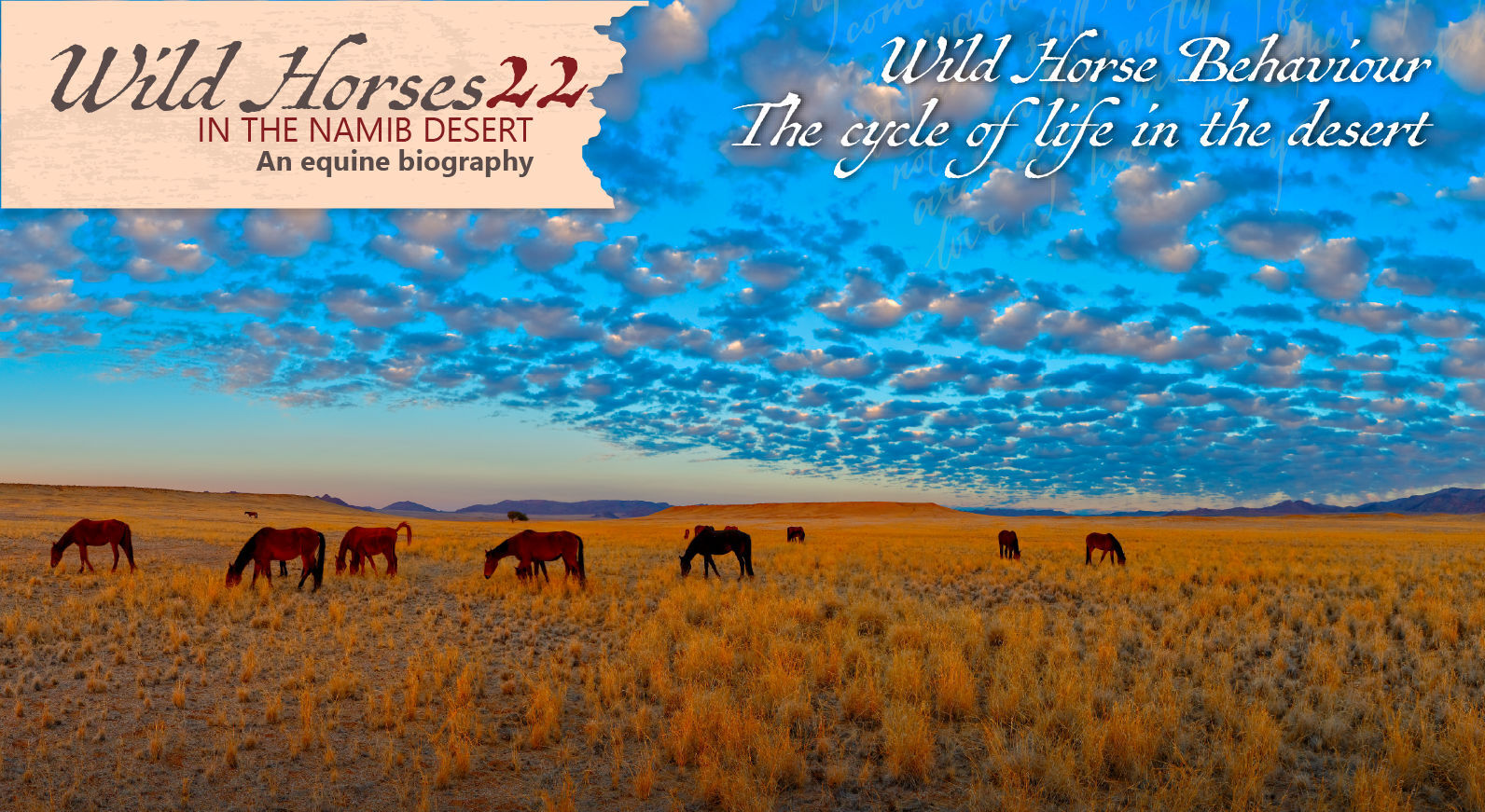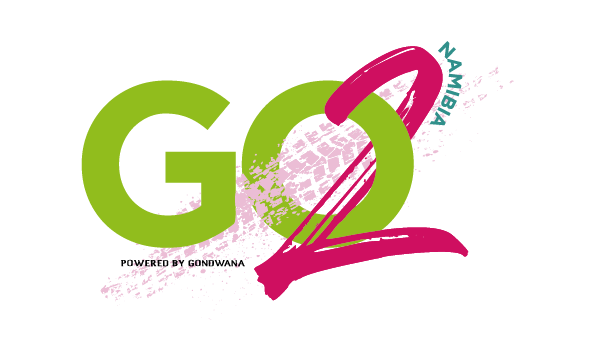Set in southern Namibia, Great Namaqualand, ‘Bittersweet Karas Home’ is the story of three families, the Hills, Walsers & Hartungs, whose lives merge and intertwine in a semi-arid land that presents both hardship and blessings. Over the next few months, we would like to share this bittersweet saga with you from the (as yet) unpublished book.
The drought of 1933
Dry and wet periods in southern Africa are affected by water temperature in the Pacific Ocean. El Niño’s warm water temperatures and La Niña’s cold water temperatures trigger extreme weather conditions such as drought and floods throughout the world. Droughts can be either widespread or local. Not infrequently, areas receive good rains while neighbouring land remains totally dry. In human terms drought means starvation, often followed by the spread of diseases that arrive in its wake because of weakened immune systems.
The drought of 1933 was more memorable than other droughts because it coincided with the global Depression starting with the Black Friday Wall Street Crash of 1929. Many of the new farmers who had streamed into South West Africa after World War I and the Versailles Treaty were insufficiently prepared for the catastrophe. They had run up debts with the land bank and with traders during the good years and now suffered and lost everything. The colonial government engaged in crisis management. There was a detailed investigation into farming success and failure. More importantly, there were the public food-for-work schemes that were started in eastern Owamboland in 1929. Other work schemes took place at the Avis Dam on the eastern outskirts of Windhoek and in the vicinity of the Orange River. Impoverished whites found employment for 25 cents per day.
The Hartungs in Enos were mobile and affluent enough to hire alternative grazing grounds for their livestock, something they had to do when their main well dried up and the cattle had too far to trek between well and pastures. They fared much better than the Nama who were often evicted from white farms with their flocks, ending up on reserves, and who witnessed their livestock perishing in droves and their land overgrazed and eroded.
Ironically enough, the heavy rainfalls of 1934 proved to be another hurdle at Enos, rather than being a blessing. In some regions of the south, cattle would keel over in puddles, emaciated and weak. At Enos, the cattle ate the short newly-sprouted green grass so fast that they simultaneously scooped up large quantities of sand, making them ill and sometimes even killing them.
(Join us every Sunday to take a step back in time and follow the interesting, sometimes sweet, sometimes heart-wrenching tale.)


.jpg)
.jpg)





.png)

SUBMIT YOUR COMMENT